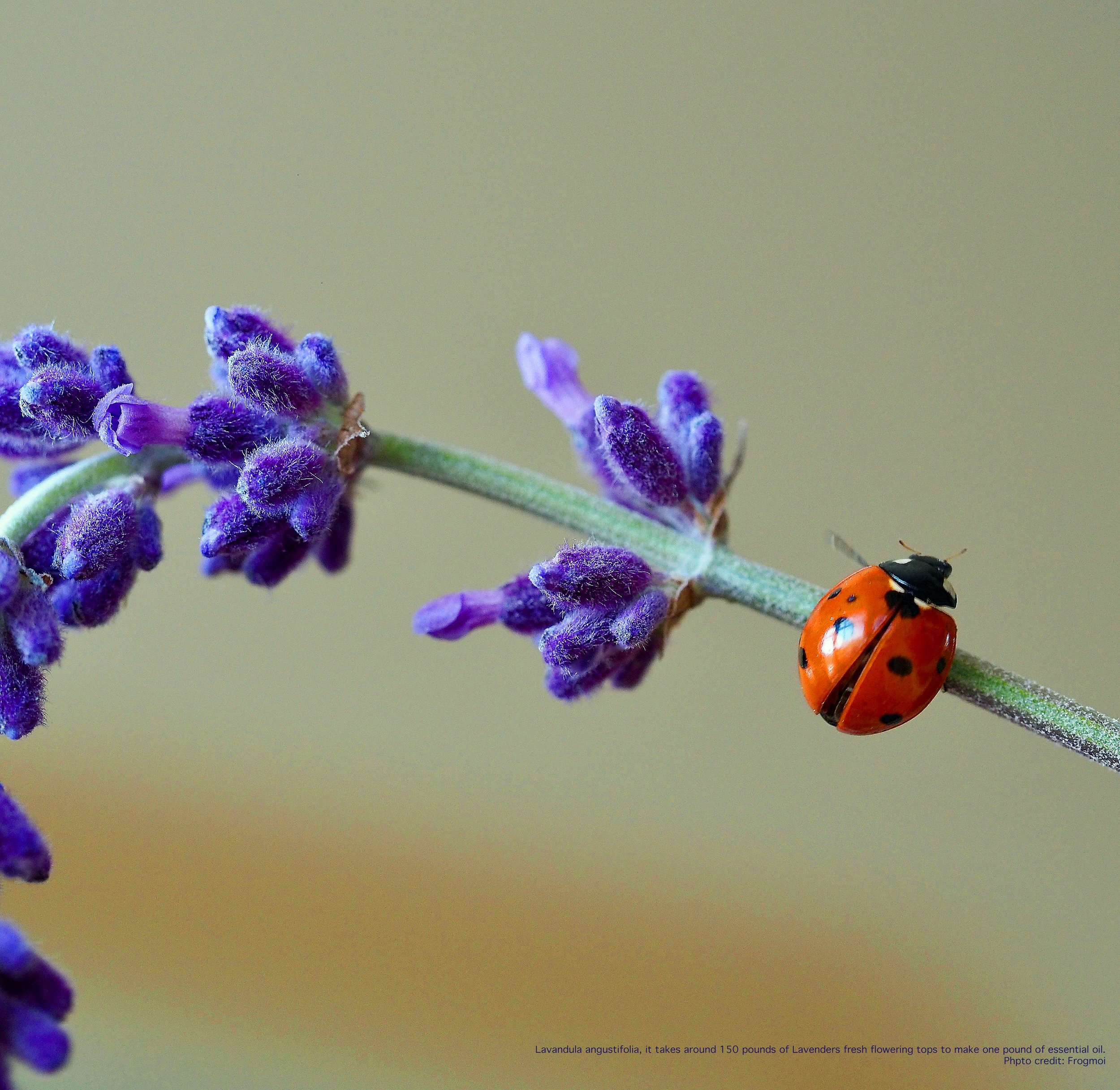
About Our Oils
Essential oils result from extraction from the plant’s leaves, flowers, seeds, resins, fruits, rinds, bark and roots through steam distillation or expression. It is the chemical constituents that make up the essential oil and provide its therapeutic properties. There are very few clinical studies on essential oils. By definition, we know what their chemical constituents can do, but we do not clinically understand how they work together in the essential oil.
Please educate yourself on how to purchase quality essential oils and on the proper use of them. Essential oils are a highly concentrated mixture of compounds and need to be diluted for your safety and especially your animal's safety. We offer classes, webinars, and our coursebook, "Working with Plants and Essential Oils for You and Your Animals."
Essential Oil Safety Tips for You and Your Animals
“Aromatherapy? A therapy or cure using aromas, aromatics, scents? Yes! They can all be therapeutic if used, dosed and administered correctly and at the right time…Fragrances, and thus essential oils, play an important role in our lives.” ~ Dr. Foveau De Courmelles
Only apply diluted essential oils on an animal. You dilute an essential oil by combining a few drops of essential oil with a vegetable base oil.
Please keep essential oils or essential oil products OUT of your cat or dog’s kennel.
Do not put essential oils in their food or water; this could cause severe side effects.
Do not apply essential oils on an animal's nose; it irritates them. Animal's olfactory system is highly developed, e.g., dogs have 20 - 40 times more scent receptor cells than humans, and the scent-processing section of their brain is more substantial than ours.
Do not apply essential oils to a cat. Due to their sensitivity to essential oils, there are distinct ways I work with cats. I created Sophie’s Feline Remedy, specifically for cats, which is safe to use when following the instructions.
Diffuse only safe essentials oils in the home such as…
Read blog Essential Oil Safety Tips for You and Your Animals for more safety tips.
About Essential Oils
All essential oils, to varying degrees, exhibit the following characteristics:
Antiseptic (prevents or combats infection locally)
Bactericide (kills bacteria) Ë Bacteriostatic (inhibits growth of bacteria)
Cytophylactic (promotes cell rejuvenation)
Lipophilic (ability to absorb deep into skin and internal organs)
Adaptogens (flexible in response to specific needs)
How many pounds of plant parts does it take to make one pound of essential oil? 50 pounds of Eucalyptus leaves and twigs, 250 pounds of Lavender fresh flowering tops, 500 pounds of Rosemary fresh flowering tops, 8,000-10,000 pounds of Rose fresh petals.
Something to think about is the Chemical constituents that make up the essential oil and provide its therapeutic properties. There are very few clinical studies on essential oils. By definition, we know what their chemical constituents can do, but we need to clinically understand how they work in essential oils.
You may read what others say about working with essential oils and how they affect them, but this does not mean it will have the same effect on you.
Adulteration of essential oils has been around for centuries. With the growing demand for essential oils and the development of new technologies, contamination is becoming more sophisticated and prevalent.
Read blog About Aromatherapy for more information on essential oils.

